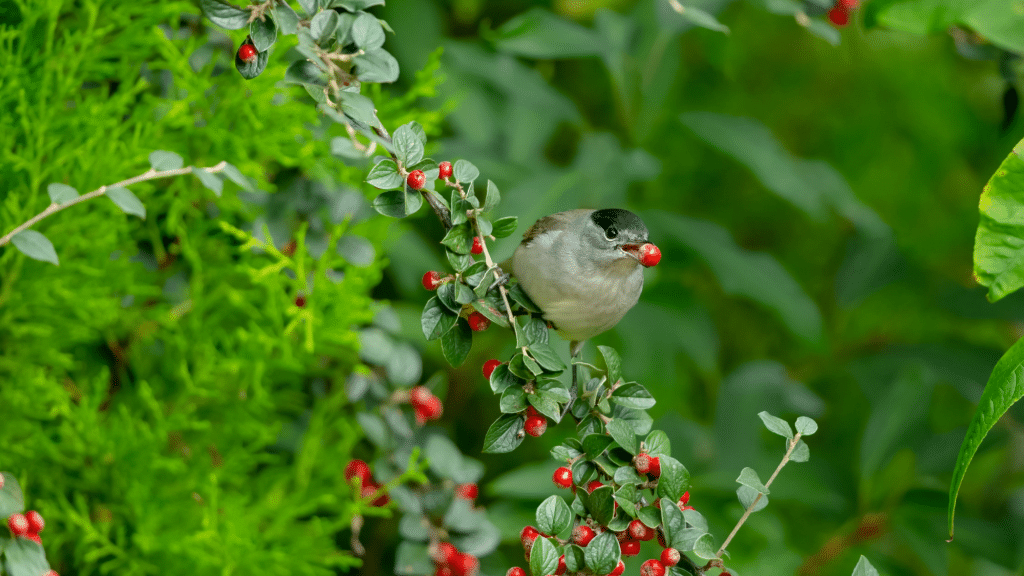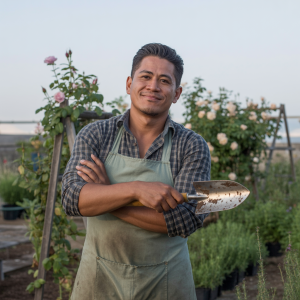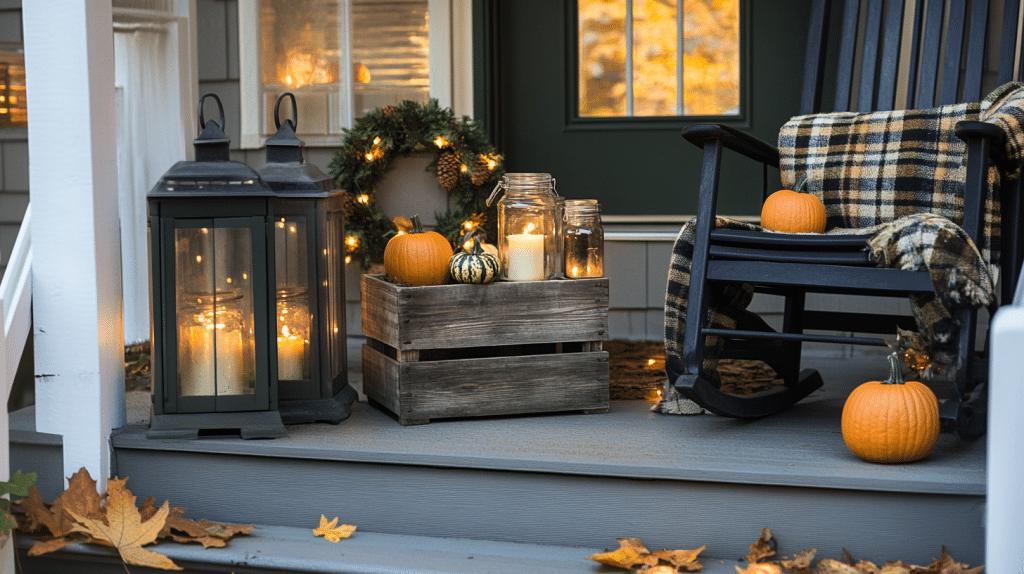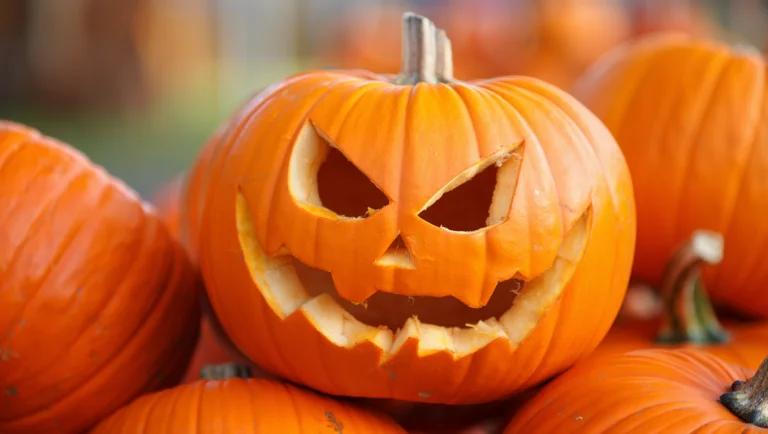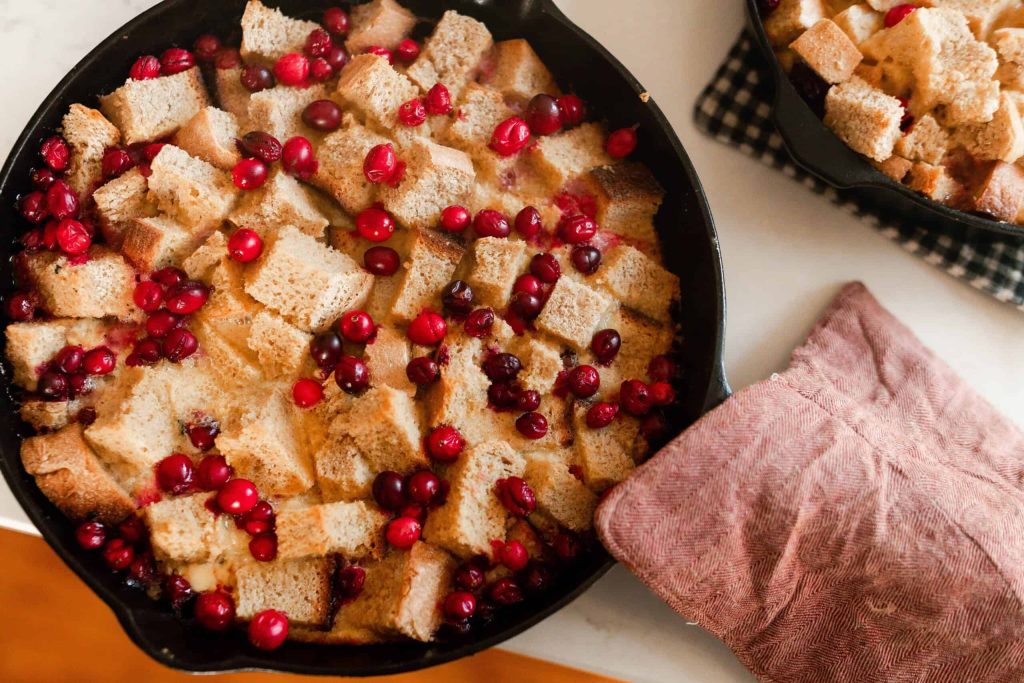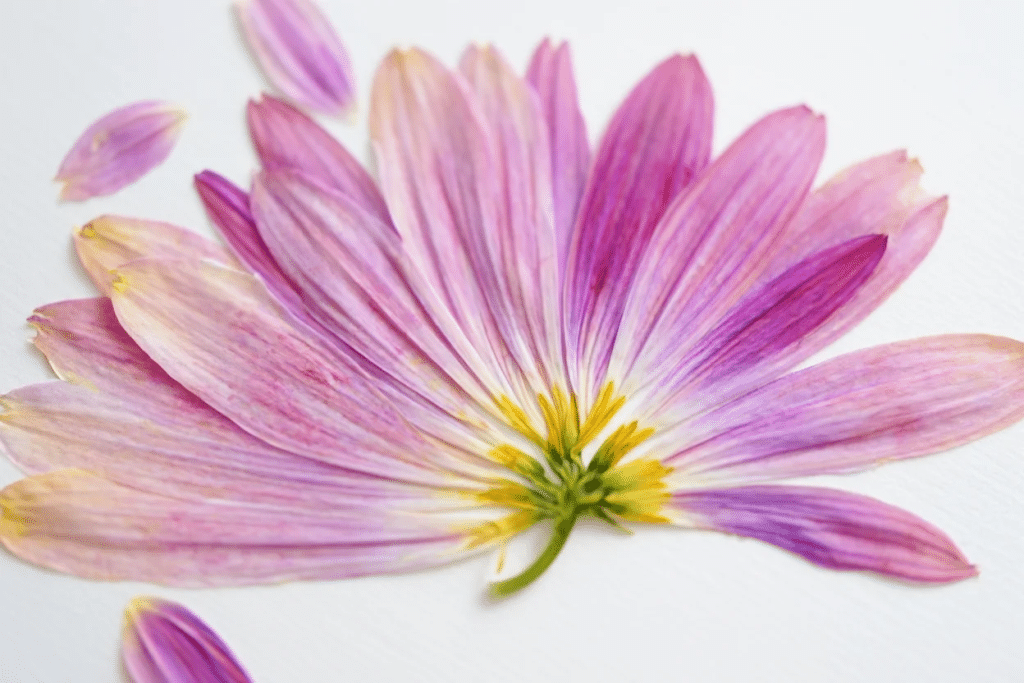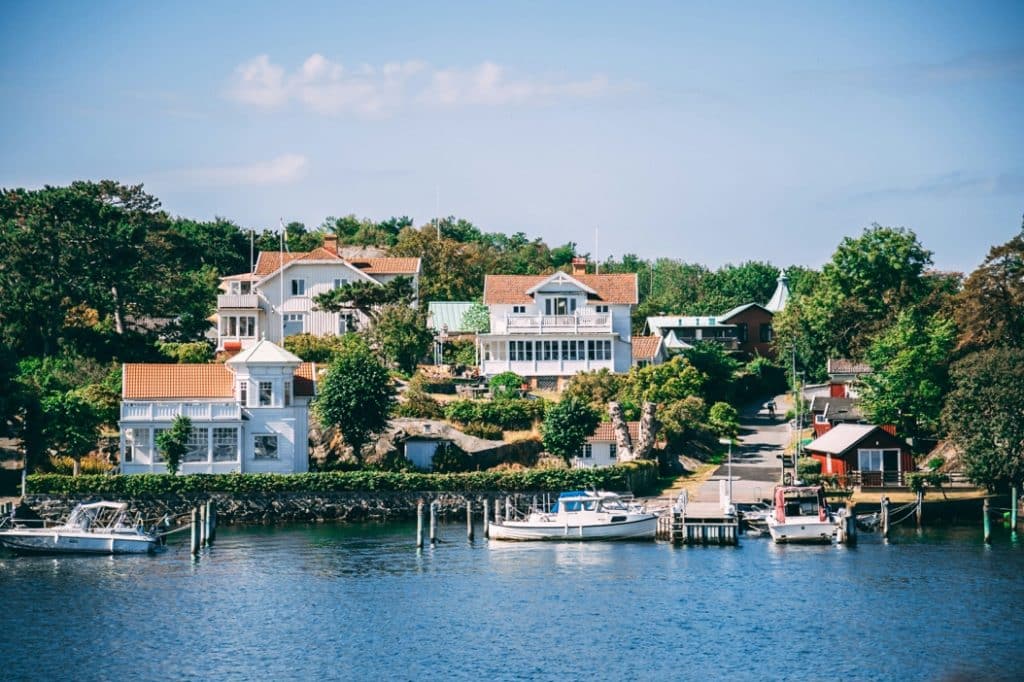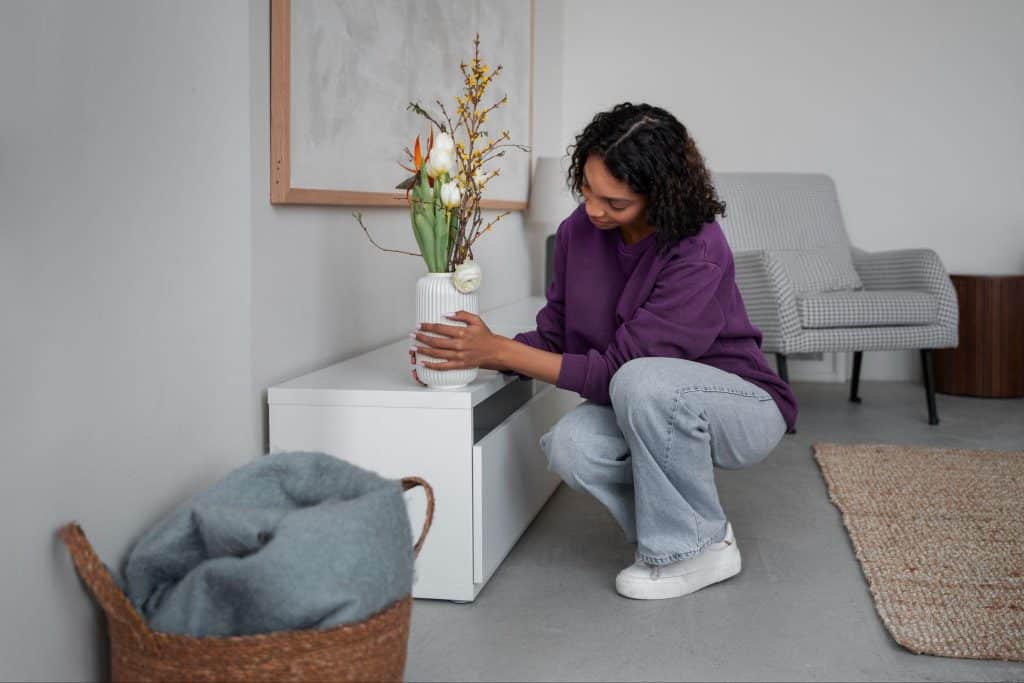Do birds eat plants? This question popped into my mind while watching finches visit my garden last spring. Many garden owners worry about this very same issue.
What if I told you there are ways to keep birds as welcome visitors while still protecting your prized plants?
Finding this balance isn’t as hard as you might think.
In this post, I’ll show you simple methods to make your garden bird-friendly while keeping your plants safe from hungry beaks.
Do Birds Eat Plants?
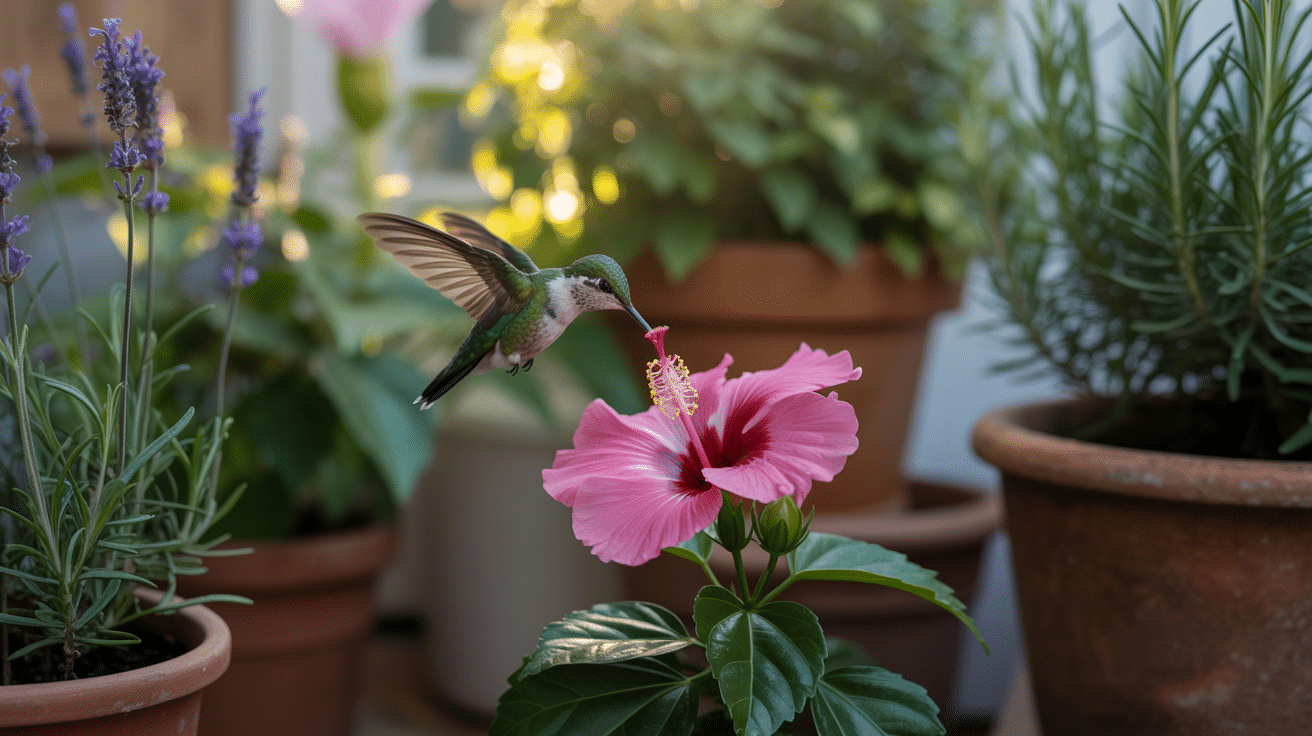
Yes, birds do eat plants. Over the years, I’ve observed that their meals often include various parts of plants throughout the year.
- Many birds consume seeds, which make up a large portion of their diet.
- Fruits also rank high on their menus, offering natural sugars and moisture.
- Bright berries always catch their attention when they fly overhead.
- Some birds sip nectar from flowers, and in the process, they help with plant pollination.
- While less common, I’ve seen certain birds munch on plant leaves, too.
Birds tend to change their eating patterns with the seasons.
During spring and summer, they may focus more on insects. As fall arrives, seeds and fruits become their main target. Winter brings food scarcity, so birds adapt by eating whatever plant materials they can find.
By understanding these habits, I’ve found ways to create spaces that balance my plants and the birds.
Benefits and Drawbacks of Having Birds in The Garden
Having birds visit my garden has both positive and negative effects, which need to be considered before making decisions about attracting them.
Advantages
- Birds offer natural pest control by eating harmful insects.
- They assist with pollination and spread seeds around.
- They help reduce weed seeds by eating them before they grow.
- Birds add variety to garden life, contributing to a healthy local ecosystem.
Disadvantages
- Birds can damage fruits, vegetables, and ornamental plants.
- They may take seeds and pull up small, newly sprouted plants.
- There’s a chance they can spread plant diseases and attract unwanted animals.
- Their hopping around can disturb the soil and damage young plants.
When planning my garden space, I always consider these factors to create an environment where plants and birds can coexist.
The goal is to find simple, effective methods to maximize the benefits while minimizing the drawbacks.
How to Attract Birds by Choosing the Right Plants
Growing the right plants has helped me bring many birds to my yard.
A mix of trees, shrubs, flowers, and grasses tends to attract the most types of birds. I’ve found that plants that produce berries, seeds, or nectar are the best choices for bird food.
I’ve also added a small water feature, like a bird bath, which gives birds a place to drink and clean their feathers. One important thing I’ve learned is to avoid chemicals in my yard.
They not only kill the bugs that birds rely on for food, but they can also make birds sick.
| Bird Type | Plants That Attract Them |
|---|---|
| Finches | Sunflowers, Coneflowers, Thistle |
| Cardinals | Dogwood, Serviceberry, Sunflowers |
| Hummingbirds | Trumpet Vine, Bee Balm, Cardinal Flower |
| Robins | Crabapple, Holly, Sumac |
| Chickadees | Oak Trees, Pine Trees, Sunflowers |
| Blue Jays | Oak Trees, Berry Bushes, Nut Trees |
| Warblers | Native Trees, Berry Shrubs, Wild Cherries |
| Woodpeckers | Oak Trees, Pine Trees, Dogwood |
How to Stop Birds from Damaging Your Garden
Birds can sometimes harm my garden by eating fruits, pulling up seeds, and pecking at leaves. While many birds are beneficial, species like sparrows, starlings, and crows tend to cause more trouble than others.
By using these methods, I’ve been able to protect my plants while still enjoying the presence of birds in my garden:
- Physical Barriers: Cover crops with garden netting, use row covers on young plants, and place wire cages around special plants.
- Visual Methods: Hang shiny items like old CDs, use reflective tape that moves in the wind, and place fake owls or hawks (move them often).
- Smart Planting: Grow extra plants just for birds, plant less tempting varieties, time plantings to avoid peak bird seasons, and use mulch to hide seeds.
Creating a Garden That Works for Both Birds and Plants

I’ve found that making a garden for both birds and plants takes some planning but pays off with a lively yard. My goal is to keep the good bird helpers while saving my best plants.
When I notice birds causing harm, pecking fruits, missing seedlings, or scattering soil. I add protection only where needed:
- Use netting on fruit trees just when the fruit starts to color.
- Place the bird bath and feeders far from the veggie beds.
- Group plants needing protection together for easier coverage.
- Add thick mulch over newly planted seeds.
- Include bushy plants for birds to hide in, away from my crops.
- Leave some wild areas where birds can hunt bugs.
- Plant extra things birds might eat so we both get some.
The Bottom Leaf
Finding peace with garden birds comes down to smart choices.
Yes, birds eat plants, but they also provide pest control and help with pollination. The trick is working with nature, not against it.
My experience shows that physical barriers work best for protecting special plants, while decoy crops pull birds away from prized vegetables.
Birds change what they eat by season, so garden plans should adapt too. With these simple methods, your plants can grow strong while birds still find what they need nearby.
What works in your garden? Share your bird-friendly tips or plant protection methods in the comments below!


